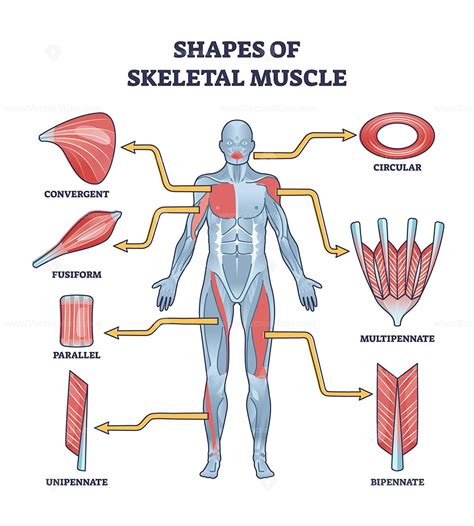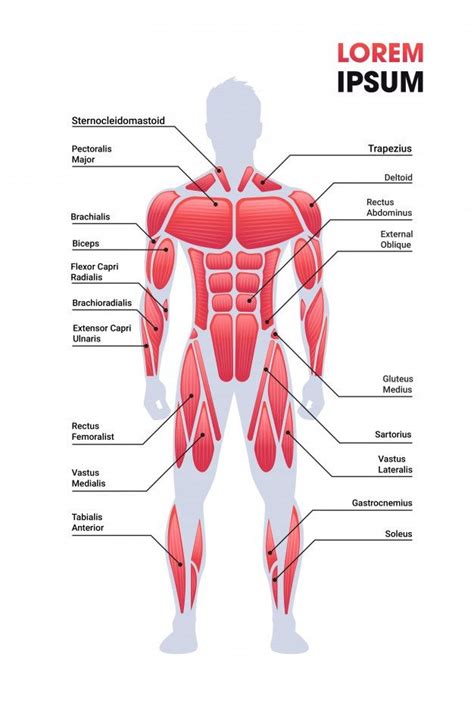Progressive overload is the fundamental principle of muscle growth, dictating that to continually build muscle, you must consistently challenge your body with a stimulus greater than it’s accustomed to. While often simplified to “just add more weight” or “do more reps,” optimizing progressive overload for men seeking significant hypertrophy goes far beyond these basic tenets. It requires a nuanced understanding of various training variables and a strategic, long-term approach.

Understanding the Core Principle
At its heart, progressive overload is about adaptation. Your muscles grow stronger and larger in response to demands placed upon them. If those demands remain constant, your body has no reason to change. The key is to gradually increase the demand over time, forcing continuous adaptation and, consequently, muscle growth. This isn’t a linear process, nor is it solely about ego lifting. It’s about smart, consistent, and varied application of stress.
Beyond Just Weight and Reps: Manipulating Training Variables
While increasing weight and reps are the most common forms of progressive overload, they are far from the only ones. To truly optimize growth, men should explore and strategically implement other variables.
1. Increased Volume (Sets x Reps x Weight)
Volume is a critical driver of hypertrophy. Instead of just adding reps to a single set, consider adding an extra set to an exercise. This increases the total work performed in a session, providing a new stimulus for adaptation. For example, if you typically do 3 sets of 8-12 reps, moving to 4 sets could be a powerful form of overload, even if the weight or reps per set remain the same initially.
2. Time Under Tension (TUT)
Focusing on the speed of your repetitions, particularly the eccentric (lowering) phase, can significantly increase TUT. A slower, controlled negative can create more micro-trauma in the muscle fibers, leading to a greater growth response. Try counting 3-4 seconds for the eccentric portion of a lift. This often means you’ll need to reduce the weight, but the quality of the stimulus improves dramatically.

3. Decreased Rest Periods
Shortening the rest time between sets forces your cardiovascular system and muscles to recover more quickly, increasing metabolic stress—another important factor for hypertrophy. If you typically rest for 90-120 seconds, try reducing it to 60-90 seconds while maintaining the same weight and reps. This can be particularly effective for isolation exercises.
4. Improved Form and Range of Motion (ROM)
Perfecting your technique and ensuring a full ROM for each exercise allows for better muscle activation and greater overall work. Lifting with better form, even if it means using slightly less weight, provides a more effective stimulus to the target muscle. This also prevents injuries, allowing for consistent training and long-term progression.

5. Exercise Selection and Variation
While sticking to fundamental compound movements is crucial, periodically varying your exercise selection (e.g., swapping barbell bench press for dumbbell bench press, or deadlifts for Romanian deadlifts) can target muscles from slightly different angles, stimulating new growth pathways. Introducing new variations of an exercise also provides a novel stimulus.
6. Increased Frequency
Training a muscle group more frequently (e.g., twice a week instead of once) can lead to more opportunities for progressive overload. If you can recover effectively, hitting a muscle group with adequate volume multiple times a week can accelerate growth, assuming the total weekly volume is managed appropriately.
Strategic Application and Periodization
Simply applying these methods haphazardly won’t yield optimal results. A strategic approach, often involving periodization, is key.
Linear vs. Undulating Periodization
Linear periodization involves gradually increasing intensity (weight) while decreasing volume (reps) over a training cycle. Undulating periodization, on the other hand, varies intensity and volume more frequently (e.g., daily or weekly), allowing for different forms of overload within the same microcycle. Many men find a blend or undulating approach more sustainable for long-term growth, as it allows for varied stimuli without constant plateaus.
Deload Weeks
Crucial for long-term progress, deload weeks involve significantly reducing training intensity and/or volume to allow your body to recover fully, repair tissues, and resensitize to training stimuli. Attempting to progressively overload indefinitely without breaks often leads to burnout, injury, or plateaus. A deload every 6-12 weeks can be highly beneficial.

Listening to Your Body
Perhaps the most overlooked aspect is self-awareness. Pushing through pain is not progressive overload; it’s a recipe for injury. Pay attention to signs of overtraining, chronic fatigue, or persistent joint pain. Adjust your training plan as needed, prioritizing recovery and proper form over simply lifting heavier weight.
Conclusion
Optimizing progressive overload for muscle growth extends far beyond the basic goal of adding reps or weight. By strategically manipulating volume, time under tension, rest periods, form, exercise selection, and training frequency, men can continually challenge their bodies in novel ways. Couple these strategies with intelligent periodization and a keen awareness of your body’s recovery needs, and you’ll unlock a more effective and sustainable path to continuous muscle hypertrophy and strength gains.





